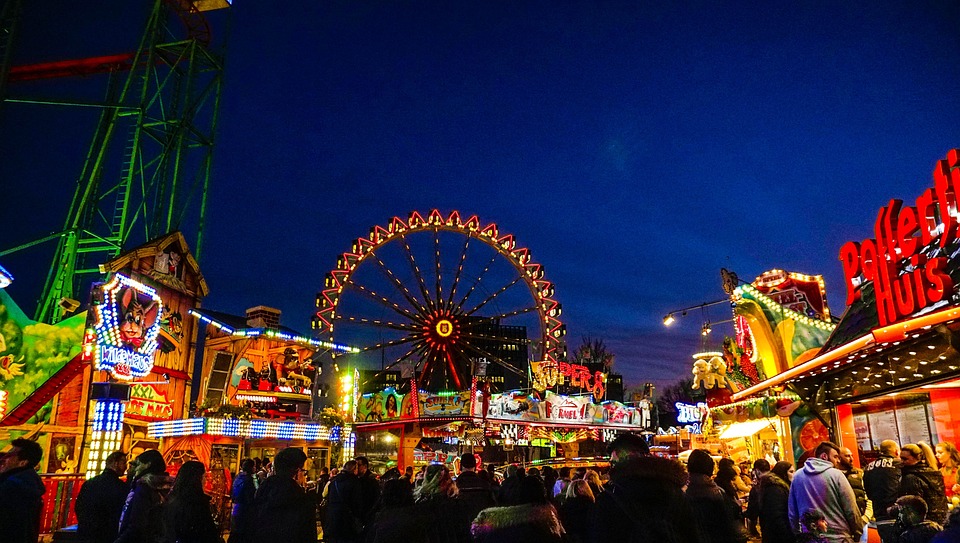The Probability Fair

In grade seven, BC students need to learn about experimental and theoretical probability. We could sit around taking notes, practicing, and then write a test, or we could learn, practice, and create a fair for all the primary and intermediate students to come to! So this is what we do. The grade seven students create The Probability Fair. In partners, they will come up with two independent events that guests can complete. If the guests randomly get the desired outcome of the event(s), they earn tickets that they can then take to a prize shop to buy things like pencils, stickers, and many other things that children like from the dollar store.
If you are interested in doing this with your class, here is what we do.
Choose Partners
After a discussion of the importance of creating complimentary partners, all students fill in a confidential partner choice slip. They are allowed to request three people that they think would be a complimentary partner for them to work with. I go through all of the slips and make the partners for the project.
Brainstorm Ideas
On their own, each student brainstorms two independent events that are not connected. These events can not require skill and need to be random chance. I'm a big fan of making every person think on their own before hearing the ideas of others. Once both partners have some ideas, they share them with each other and decide what two independent events they like best. They need to be more creative than flipping a coin or rolling a die. Once they have decided on their two ideas, they have them approved by their teacher.
Calculate the Theoretical Probabilities
Students create a sample space to show all of the possible outcomes for both of the independent events. Then they choose their desirable outcome for each event. This desirable outcome has to have a 25 - 33% chance of occurring.
Begin Creating
This project gives students a chance to learn math and also practice designing and creating, so I assess them on both. We discuss what makes booths attractive at fairs and then they brainstorm themes. Some of the booths my students came up with last year were incredible! We had basketball, gumball, gone fishing, space, Hawaiin, and army themes. They went all out in their design and the best decorated booths had a ton of attention from visitors.
Each booth needed to at least include two decorated independent events and a poster to explain how to play the game. I encouraged them to go above and beyond to make their booth exciting and attractice.
Here are some pictures to show you what they came up with.
Experimental Probability
While the fair was in progress, our students had to keep track of every outcome using a tally sheet. At the end of the fair, they totaled up their tally sheet(s) to figure out the experimental probability of their outcomes.
Assessment
At the end of the project, I had each student hand in a package that included their theoretical and experimental calculations for their two independent events. They also compared the theoretical data to the experimental data. For their ADST assessment, I have students reflect on parts of the design process to show me their design thinking.
Hope this gives you an idea for a fun project to do with your class!
Cheers,
Angela







Comments
Post a Comment